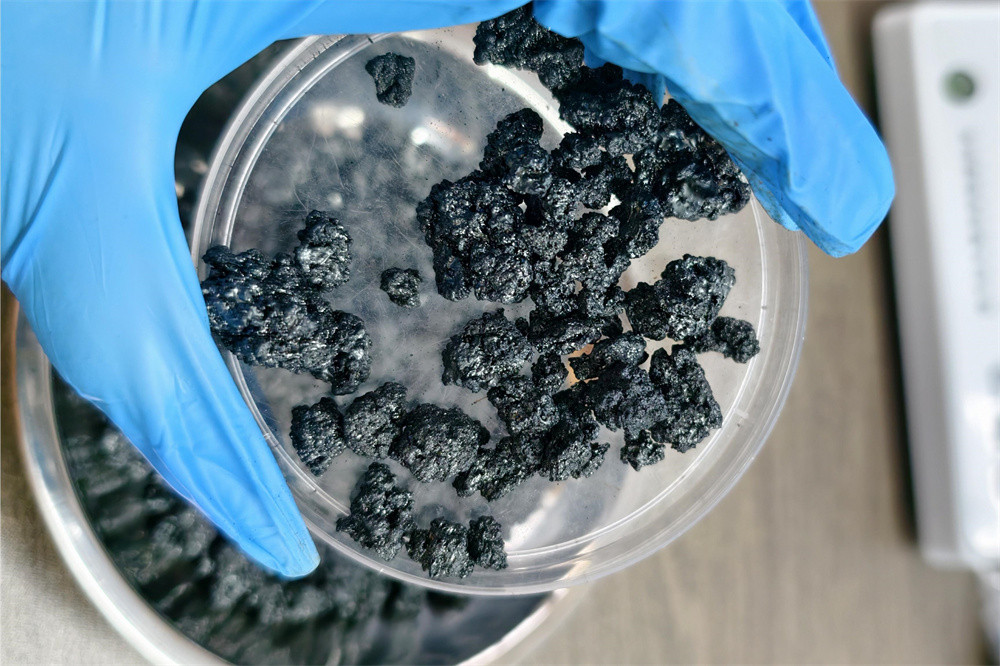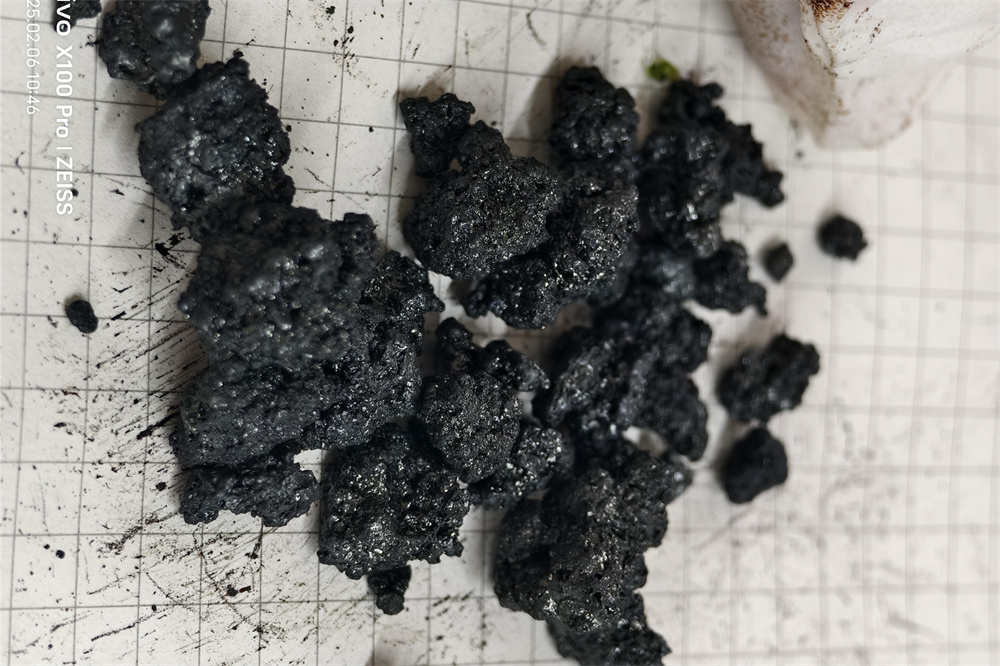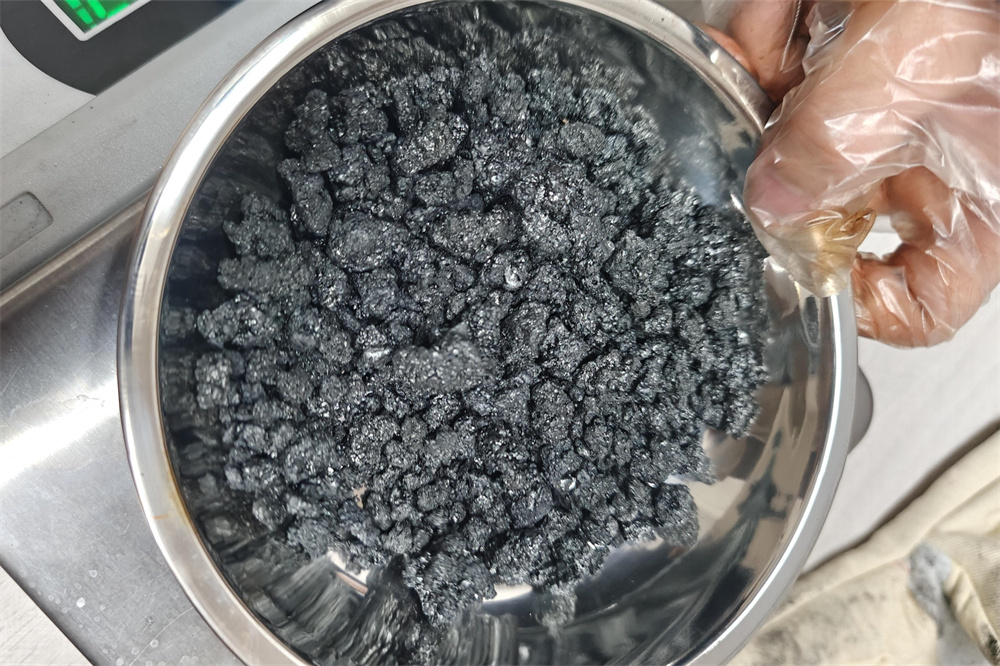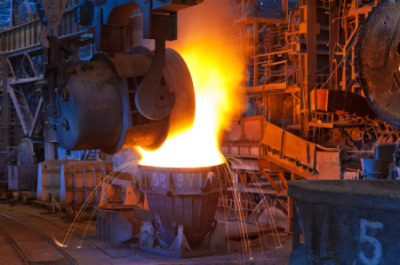Role of Ruthenium Oxide-Coated Titanium Electrode Plates
Role of Ruthenium Oxide-Coated Titanium Electrode PlatesThe chlorine evolution reaction has practical applications in the chlor-alkali industry and electrochemical wastewater treatment. Efficient, stable, and economical electrodes are crucial for energy-saving chlorine production, water disinfection, and wastewater treatment. Ruthenium oxide-coated anodes, characterized by strong corrosion resistance, low chlorine evolution overpotential, good physical stability, and environmental safety, are considered the best choice by numerous industries. Compared with traditional electrodes, ruthenium oxide-coated electrodes exhibit better electrochemical stability and longer service life in sulfate/chloride environments. Ruthenium oxide-coated titanium electrode plates have been applied in the chlor-alkali industry, sodium hypochlorite production, seawater electrolysis, water treatment, electrodeposition, and other industries. Application Areas of Titanium-Ruthenium-Iridium Electrode Plates for Pool Disinfection:
Sanitation and Disinfection: Sodium hypochlorite generators directly related to human health, such as those used for pool disinfection, tableware disinfection, and hygienic food disinfection.
Environmental Protection: Primarily sodium hypochlorite generators for hospital sewage treatment and various industrial wastewater treatments. The principle of the electrode method is to use diaphragm-less electrolysis to generate sodium hypochlorite through homogeneous secondary chemical reactions. The anode reaction principle involves electrolyzing sodium chloride (tablets) introduced into the swimming pool, generating sodium hypochlorite during the electrolysis process, with an optimal salt concentration of 3%-5%. Sodium hypochlorite generators use either plate electrodes or tubular electrodes, with anode materials adopting ruthenium-iridium-coated titanium electrodes. Mixed oxide-coated titanium anodes have a long service life, low overpotential, high chlorine evolution current efficiency, and excellent energy-saving effects.
Recovery and Significance of Ruthenium Scrap
Application Areas of Titanium-Ruthenium-Iridium Electrode Plates for Pool Disinfection:
Sanitation and Disinfection: Sodium hypochlorite generators directly related to human health, such as those used for pool disinfection, tableware disinfection, and hygienic food disinfection.
Environmental Protection: Primarily sodium hypochlorite generators for hospital sewage treatment and various industrial wastewater treatments. The principle of the electrode method is to use diaphragm-less electrolysis to generate sodium hypochlorite through homogeneous secondary chemical reactions. The anode reaction principle involves electrolyzing sodium chloride (tablets) introduced into the swimming pool, generating sodium hypochlorite during the electrolysis process, with an optimal salt concentration of 3%-5%. Sodium hypochlorite generators use either plate electrodes or tubular electrodes, with anode materials adopting ruthenium-iridium-coated titanium electrodes. Mixed oxide-coated titanium anodes have a long service life, low overpotential, high chlorine evolution current efficiency, and excellent energy-saving effects.
Recovery and Significance of Ruthenium Scrap What are ruthenium scraps? Ruthenium scraps are ruthenium-containing materials produced during manufacturing or after use. They include ruthenium powder, ruthenium oxide, ruthenium trichloride, ruthenium targets, ruthenium rods, ruthenium-carbon, iridium-ruthenium-titanium electrodes, ruthenium catalysts, nickel-ruthenium meshes, silver-ruthenium ceramic chips, ruthenium resistor scraps, and other ruthenium-containing scraps.
What are ruthenium scraps? Ruthenium scraps are ruthenium-containing materials produced during manufacturing or after use. They include ruthenium powder, ruthenium oxide, ruthenium trichloride, ruthenium targets, ruthenium rods, ruthenium-carbon, iridium-ruthenium-titanium electrodes, ruthenium catalysts, nickel-ruthenium meshes, silver-ruthenium ceramic chips, ruthenium resistor scraps, and other ruthenium-containing scraps. Recovery Value of Ruthenium-Containing Scraps
Due to their high ruthenium content and wide range of applications, ruthenium-containing scraps have significant recovery value. Through professional detection and purification processes, ruthenium can be efficiently extracted from scraps, enabling the recycling of resources. The recovery price primarily depends on the ruthenium content, scrap form, and current ruthenium market conditions.
Recovery Value of Ruthenium-Containing Scraps
Due to their high ruthenium content and wide range of applications, ruthenium-containing scraps have significant recovery value. Through professional detection and purification processes, ruthenium can be efficiently extracted from scraps, enabling the recycling of resources. The recovery price primarily depends on the ruthenium content, scrap form, and current ruthenium market conditions.






